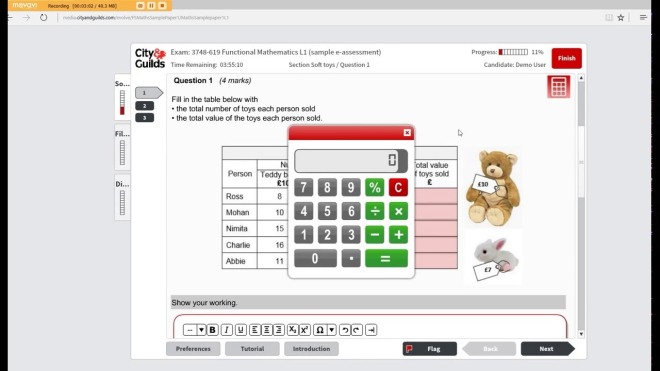Having had plenty of time to reflect on the pros and, erm, pros of online tuition, I can’t help but wonder what is going to be next. Where is the technology heading? Technology has finally caught up with the demands of online tuition and crafty use of this said technology enables students across the globe to access quality one on one education wherever they are.
So, how good actually is it at the moment? Well, nearly every messaging app has the ability to make a good standard of video call, so this takes care of the communication aspect of tutoring. Even if students and teachers decide to use desktop apps – the apps we have on our phone are more than good enough to be used as a backup or indeed, as an alternative way of connecting student and teacher. Internet speeds are adequate enough that the awkward nature of video calls are a thing of the past, and in most cases it is just like being there in person – essential if you think you are a bit of a comic, and timing is everything 😉 One of the key aspects of this game is empathy – being able to see a student is everything, and the tech is deffo up to the task
The logistical side of tutoring is also enjoying a renaissance at the moment too. As a maths tutor, whiteboards are essential, and my axe of choice is Bitpaper. Both me and the student can collaborate in realtime, whilst at the same time communicate via the video calls mentioned above.
Now one of the key benefits of being online is that we have all the digital resources of the internet at our disposal. There are a myriad of collaborative websites out there (feel free to mention ones I may never have seen) and these are only a few taps away.
Not only do we have websites, we also have access to cloud services such as Google Classroom and Dropbox etc that we can access from any of our devices. Perfect if you quickly want to share a file, or video, or presentation, or code to your tutee 3600 miles away. Perhaps one service that you may not be aware of is Autodesks Fusion 360. This is a cloud based CAD program that also has a connected smartphone app. I can create a CAD file and associated engineering drawing, and then my tutee can open and view it via their smartphone. We can then discuss and answer questions on the whiteboard that we have in front of us. The app is free, and this is perfect if they can’t access the full desktop version. Embrace the cloud people!
So where are we heading? My interest was piqued when I stumbled across the header image in this post. Now from the image you can see it’s an application of Virtual Reality. Now imagine if that was an online tutoring session. Both student and tutor could be discussing the forces acting on a prosthetic, say, or ‘actually’ visiting the volcanoes in Iceland, but being, say, 1000 miles apart from each other. The Maker community has always been strong, and I can also imagine internet connected robots and other devices that can be manipulated and explored with each other, in realtime.
Now this is just the tip of the iceberg, and these are just a few glimmering thoughts about what the future of Online Tuition might bring. The future is exciting, and people way cleverer than me will be enabling online tutors like me, and others, to help people in ways that have never been done, or even ever imagined before. Welcome to the future.





